From model to casting:
The process of lost wax casting at KEDAR Foundry:
We make our wax (or, sometimes art-clay) model mostly by hand. The original process was rather to cast the wax into a form,
but since we mostly have to follow the forms of a given original,
as well as producing in small numbers, hand production is often more economic for us.
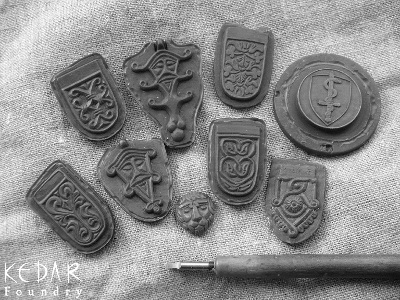
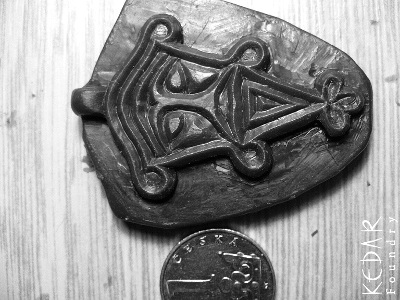
The wax models are covered with a molding material.
The type of material depends on what we want to cast, size and other factors.
The process of covering the wax model can take form a single day up to a week,
depending on the size of the object, the molding material and the molding process.
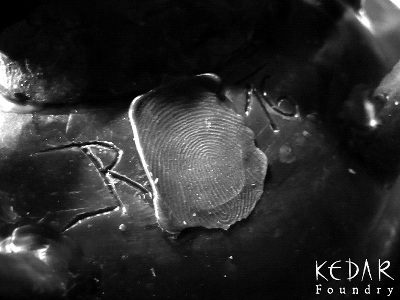

Once finished, the mold is subjected to a thermal shock during which the wax is molten or burnt out of the mold.
It is vital that during this process the mold does not get any cracks, and a lot of expertise is nececessary
to avoid an explosion of the water and wax inside of the mold.
This process takes between 3 and 48 hours, resulting in a temperature of the mold between 600° and 950°C Now the “wax is lost”.

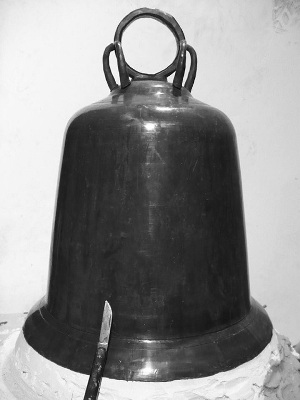
Now the bronze is molten in a graphite cricible over a furnace. The furnace needs a constant supply of oxygen, provided by bellows.
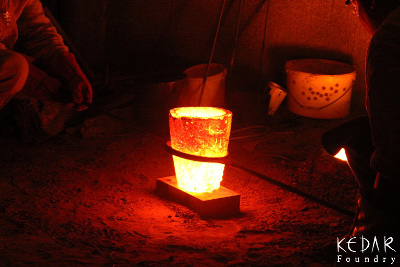
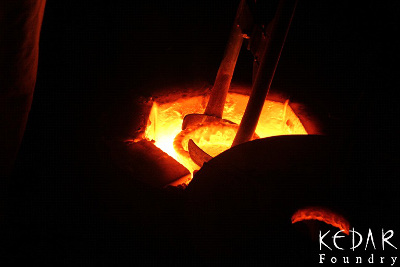
Once the bronze has reached a temperature of 1150° to 1200° C it is liquid and can be poured into the mold.
After the bronze has cooled down and thus hardened, the mold is destroyed and the cast object is taken out and cleaned.
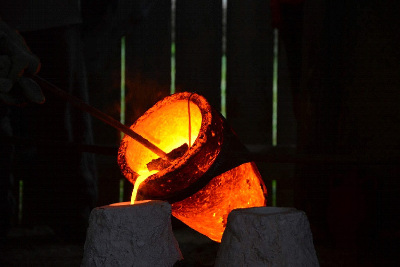
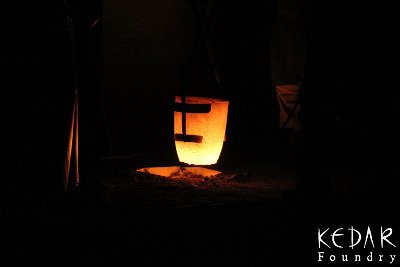
Then it is being checked for cracks and fissure, and the oxidated surface is cleaned.
Depending on the quality of the cast, the surface is subject to further treatment, such as grinding, chiselling and polishing.
Some objects need further treatment, for example cold forging or sharpening.
Further finishing steps may include drilling, soldering, brazing, chasing, chiselling, applying patina etc.
Objects for outside use can be coated with transparent materials.
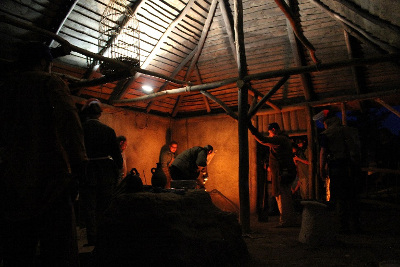
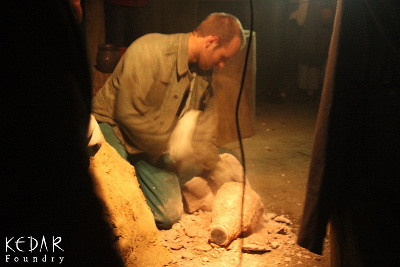
Please check our gallery for examples of our possibilities.
Created with the support of W3Schools.com & Codepen.io in 2017 by

















